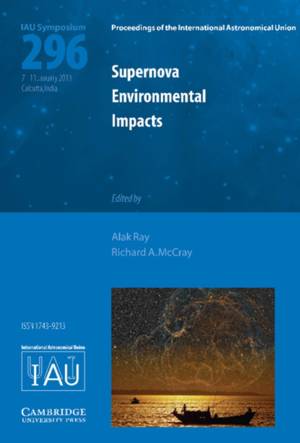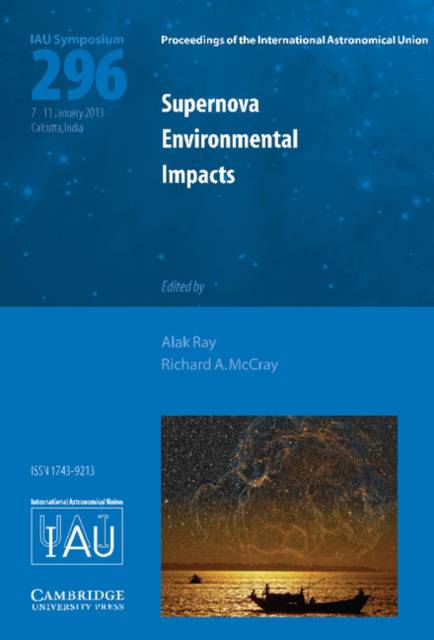
- Afhalen na 1 uur in een winkel met voorraad
- Gratis thuislevering in België vanaf € 30
- Ruim aanbod met 7 miljoen producten
- Afhalen na 1 uur in een winkel met voorraad
- Gratis thuislevering in België vanaf € 30
- Ruim aanbod met 7 miljoen producten
Zoeken
Supernova Environmental Impacts (IAU S296)
€ 131,45
+ 262 punten
Omschrijving
New telescopes spanning the full electromagnetic spectrum have enabled the study of supernovae (SNe) and supernova remnants (SNRs) to advance at a breathtaking pace. Automated synoptic surveys have increased the detection rate of supernovae by more than an order of magnitude and have led to the discovery of highly unusual supernovae. Observations of gamma-ray emission from SNRs with ground-based Cherenkov telescopes and the Fermi telescope have spawned new insights into particle acceleration in supernova shocks. Far-infrared observations from the Spitzer and Herschel observatories have told us much about the properties and fate of dust grains in SNe and SNRs. Work with satellite-borne Chandra and XMM-Newton telescopes and ground-based radio and optical telescopes reveal signatures of supernova interaction with their surrounding medium, their progenitor life history and of the ecosystems of their host galaxies. IAU Symposium 296 covers all these advances, focusing on the interactions of supernovae with their environments.
Specificaties
Betrokkenen
- Uitgeverij:
Inhoud
- Aantal bladzijden:
- 432
- Taal:
- Engels
- Reeks:
Eigenschappen
- Productcode (EAN):
- 9781107044777
- Verschijningsdatum:
- 27/02/2014
- Uitvoering:
- Hardcover
- Formaat:
- Genaaid
- Afmetingen:
- 175 mm x 249 mm
- Gewicht:
- 816 g

Alleen bij Standaard Boekhandel
+ 262 punten op je klantenkaart van Standaard Boekhandel
Beoordelingen
We publiceren alleen reviews die voldoen aan de voorwaarden voor reviews. Bekijk onze voorwaarden voor reviews.







